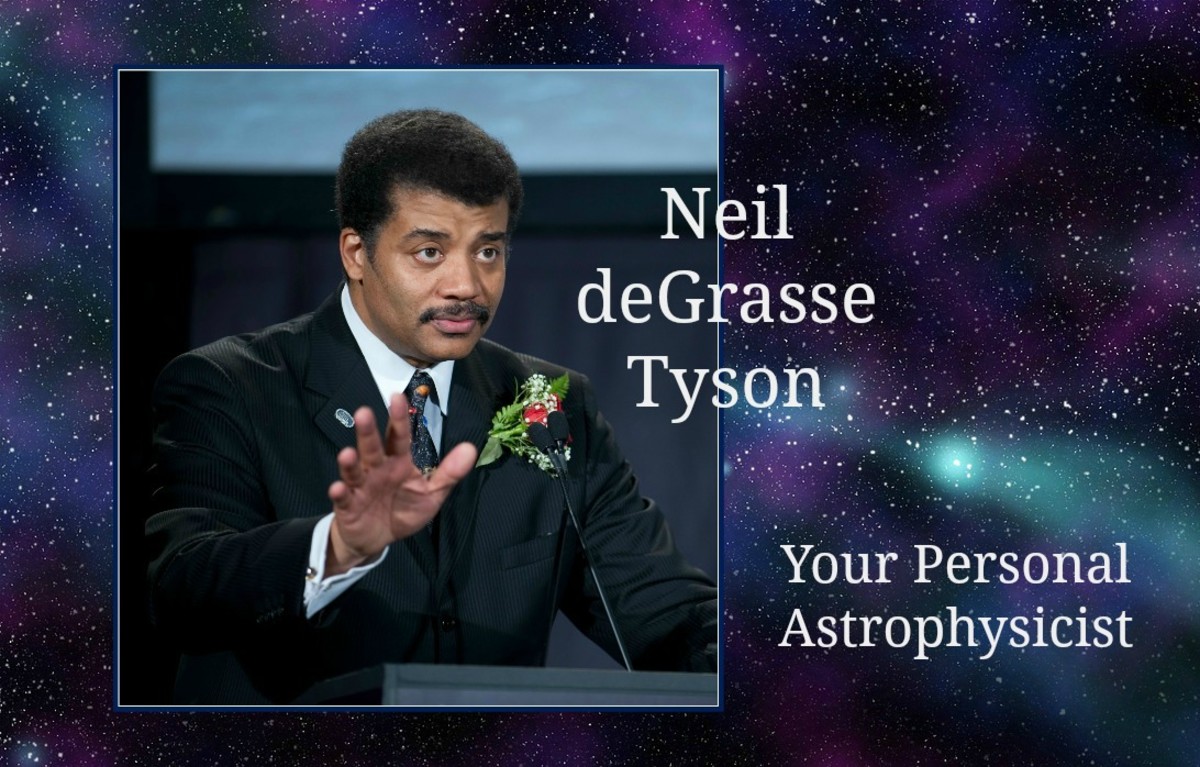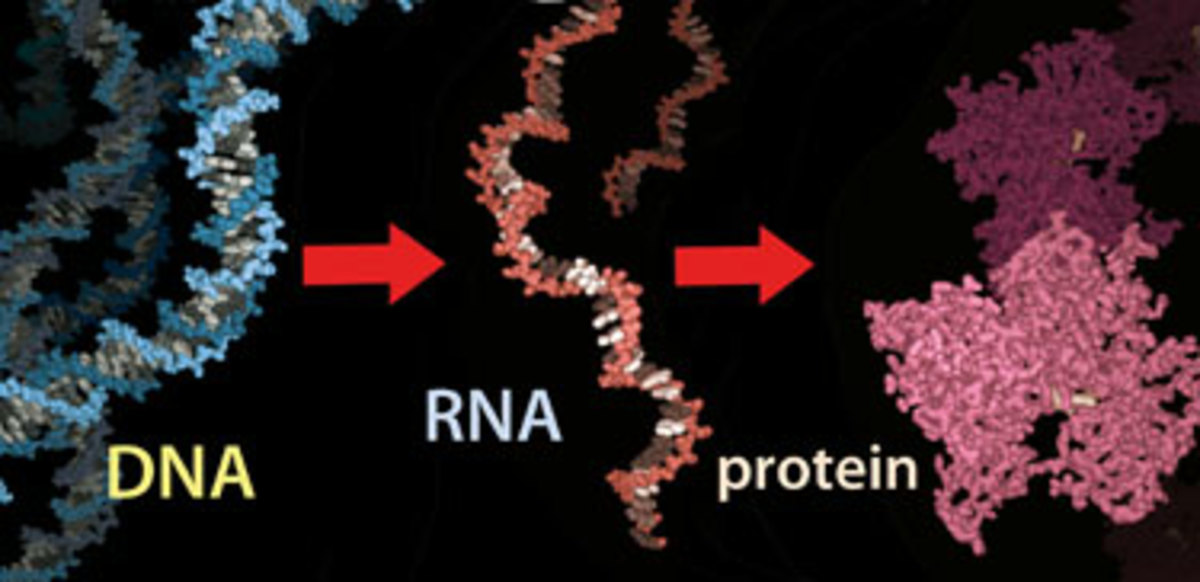A Fact Is the Same whether You Believe It or Not
Analysis and circumstances may lead you to your goal but don't stick to it when it becomes untenable

A fact is anything about the universe that is undefined
Let’s go into a holiday today being Christmas. Enjoy the food. Before taking a nap, make some musings.
Okay, turn to this statement: “A fact is the same whether you believe it or not.”
What is a fact? A fact is anything in the universe that is undefined (Russell, B. An Inquiry into Meaning and Truth). Russell was a Nobel Prize winner in literature. He was a British philosopher and mathematician.
To start with, there is a universe that has no symbols like letter “A” or traffic sign like arrow or language. We are talking about a universe where human beings are a part. The caveman, say, Cro Magnon, had a propensity of making a caricature representing a deer on the wall of his cave. Before the making of the caricature, this caricature was not part of the universe.
Definition starts when the caricature is made to represent the deer. Let us grant that Cro Magnon developed a language like English. Before the development of language, language was not part of the universe. That is, language has its own existence by itself. (We will turn back to “existence” later).
Language is not a necessary part of the universe. It is not even necessary for Cro Magnon. Language is one of his tools in dealing with the universe. He can hunt a deer without uttering anything.
Suppose Cro Magnon has a female companion in the cave. He goes out to hunt a deer. He tells his companion: “I go hunt a deer.” “Deer” is a name of an animal.
It is presumed that the female now understands English. She knows what the word (a symbol) “deer” represents, as one with four feet, fur, two eyes, two ears, a mouth and a nose.
When Cro Magnon comes back he is carrying “one with four feet, fur, two eyes, two ears, a mouth and a nose.”
We call “one with four feet, fur, two eyes, two ears, a mouth and a nose” a definite description.
This definite description is supposed to define a fact in the universe.
Present
Now let us leave Cro Magnon and his female companion. We are now in the present.
Before a definite description can represent a fact, existence of that which is described should be asserted, like so:
“An animal with four feet, fur, two eyes, two ears, a mouth and a nose exists.”
Let us grant that the definite description belongs to an animal. The assertion of existence ensures that the statement is not fictitious. A fictitious statement is one that is not verifiable. We want to ensure that the statement is verifiable. A fictitious statement does not represent a fact in the universe.
The existence of a fictitious statement (one whose elements are not verifiable) belongs in another type of language. This falls under the theory of types of Bertrand Russell. We will not go deeper into theory of types.
A statement that represents a fact is true. That is, the statement asserts a definite description and the definite description is verifiable or verified.
We should now revise “A fact is the same whether you believe it or not” into “An assertion about a fact is true whether you believe it or not.”
Truth is now attributed to the assertion or statement or sentence. It is not attributed to a fact.
We are using the correspondence theory of truth not the social theory of truth (a statement is true because several people believe in it)
“Light travels at a speed of 186,000 miles per second” is a statement about a fact that is true.
More about social theory of truth. One hundred German scientists denounced the theory of relativity of Einstein. Einstein reportedly retorted: they have to reckon with only one fact. Perhaps he meant the speed of light.
Belief
Belief does not affect truth. However, it affects you and the universe. Suppose you believe that anything that does not eat or breathe is dead. And being dead it cannot harm you.
Well, ebola virus does not eat; it does not breathe either. As far as we know it is dead. It consists of DNA (deoxyribonucleic acid), a heredity material. However, ebola virus has killed over four thousand people in Africa.
Alive
Ebola becomes alive once it hits a host like a human being. On the skin or inside the body, an ebola virus seeks for an opening of a cell. That pursuit of an opening, to us, is a characteristic of an entity that is alive. Once it finds an opening that fits its size and shape, it enters the cell. This, again, is a characteristic of an entity that is alive. Once inside the cell, it inserts itself in the chromosome of the cell. Now it proceeds to multiply using the constituents of the cell like RNA (ribonucleic acid), food and the like. DNA alone cannot multiply as virus. It needs RNA to do that. DNA contains the information code, like a master plan. RNA transmits that code for the manufacture of proteins. The DNA-RNA tandem makes for multiplication or replication doubling the population every 20 minutes. As it proceeds it will eventually commandeer the cell. The new cells are virtually ebola virus. When full of ebola virus, the cell bursts infecting neighboring cells. Ebola may eventually kill the host human being. If not countered, ebola virus kill the host.
So the belief that a virus is dead is not true. We must revise our criteria of what is alive.
Roads ahead
Now where are we? We did not plan where we would land when we started musing. Some people doing philosophy would pinpoint where they want to go and invent roads towards it. That is what Thomas Aquinas did.
By letting the roads ahead open we have covered a lot of ground. Some had not been predicted. The journey has been fruitful. We have steered away from dogmatism.








